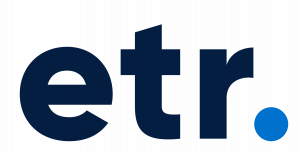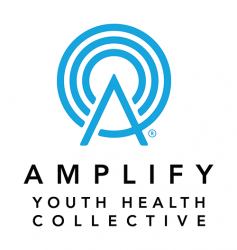Virtual Professional Development is a simulated classroom where teachers can practice teaching student avatars using short scenarios and support from an instructional coach, so they can quickly learn and master the skills they most need to be effective. With upper elementary, middle and high school classrooms, Virtual PD has scenarios for teachers of all grade levels across a wide range of topics aligned with the Professional Learning Standards for Sex Education (PLSSE). You can watch the video here (link is external) to learn more about Virtual PD.
Using the Virtual Professional Development classroom simulator, the educator will practice implementing Trauma Informed Sex Education with the student avatars. In this scenario, the educator will introduce the topic of consent with five students. They will facilitate a myth vs fact activity by reading various statements aloud, allowing time for students to decide whether each statement is a myth or a fact. The participant will need to demonstrate three strategies of a trauma-informed approach to sex education and explain the differences between positive vs. shaming approaches when teaching.




